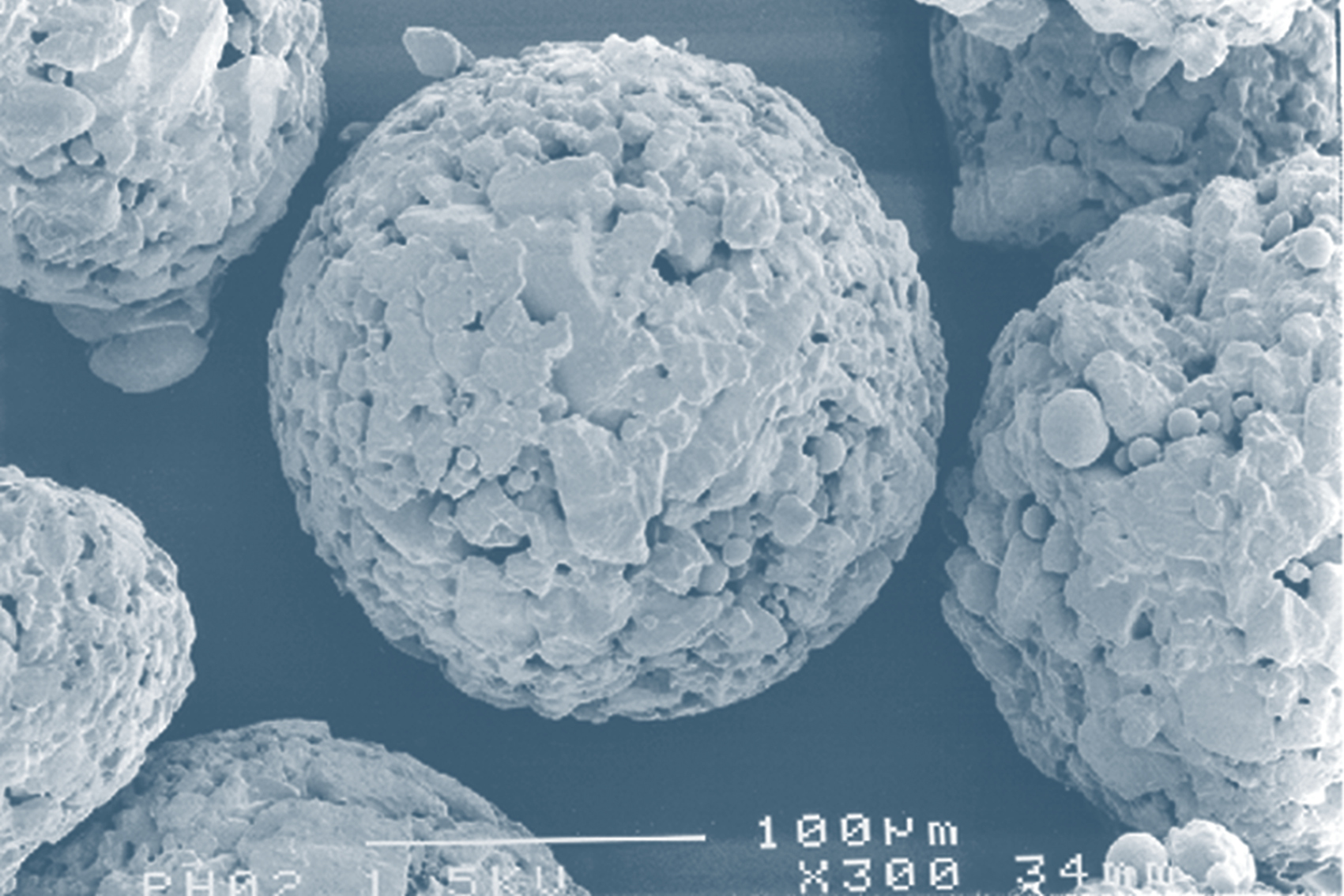


WO 01/28527 describes a tablet comprising a core and a coating wherein at least 95% by weight of the core comprises sevelamer. The applications further describe a film-coated tablet wherein the film-coating may be made of water-soluble film bases such as hydroxypropylmethylcellulose and acrylic copolymers. The inventors describe in Example 1 (Table 1) the use of lactose and mannitol however, no sufficient hardness (at least 6 KP) was reached. The applications further disclose that crystalline cellulose and low-substituted hydroxypropyl cellulose are desired to obtain a tablet disintegration time of less than 15 minutes, which is not obtained by using additives other than low-substituted hydroxypropyl cellulose or crystalline cellulose. The examples disclose 200 mg sevelamer compositions comprising 32.5% to 50.0% microcrystalline cellulose. WO 98/44933 and WO 00/22008 both describe tablets containing sevelamer, having an average particle size of 400 microns or less and 90% of the particles are less than 500 microns, together with crystalline cellulose (binder/diluent) and/or low-substituted hydroxypropyl cellulose (binder). Tablets comprising sevelamer, particularly sevelamer hydrochloride and sevelamer carbonate are known in the art. Flexibility of the coating is particularly important for ‘in-use’ stability as patients might not always store the tablets according to the label recommendations. This can lead to rupture of the coating around the core, if the coating does not possess flexibility. Sevelamer carbonate tablet cores swell if uptake of moisture occurs. Sevelamer carbonate is a compound of hygroscopic nature, wherein the adsorption of water is associated with serious changes in the volume. Furthermore, the therapeutic dose is very high the marketed tablets of sevelamer carbonate comprise 800 mg of the active substance per tablet and the daily dose may be up to 14 g per day. Therefore, rapid disintegration of a sevelamer carbonate containing tablet is conditional for phosphate binding efficacy, as it brings sevelamer in contact with food and allows binding of phosphate before it is absorbed by the intestinal tissue. The tablets are coated with hypromellose and diacetylated monoglycerides.Īccording to the approved product information, sevelamer carbonate needs to be taken with meals. Renvela® contains microcrystalline cellulose, sodium chloride and zinc stearate as inactive ingredients. In existing medicinal products, Sevelamer is marketed, i.a., as Sevelamer carbonate (Renvela®). The use of Sevelamer and its pharmaceutical compositions, and processes for its preparation are disclosed in EP 0716606, EP 0831857, EP 1133989 and EP 1676581. By binding phosphate in the gastrointestinal tract facilitating phosphorus excretion in feces, Sevelamer lowers the plasma phosphorus concentration. The compound contains multiple amines that become partially protonated in the intestine and interact with phosphate ions through ionic and hydrogen bonding.

Sevelamer is a non-absorbed phosphate binding polymer used in the treatment for the control of serum phosphorus in patients with Chronic Kidney Disease (CKD).
#Lactose supertab 11sd free#
The present invention relates to pharmaceutical compositions for oral administration comprising sevelamer carbonate, wherein the composition is free of crystalline cellulose, and (low-substituted) hydroxypropyl cellulose or other binding agents.


 0 kommentar(er)
0 kommentar(er)
